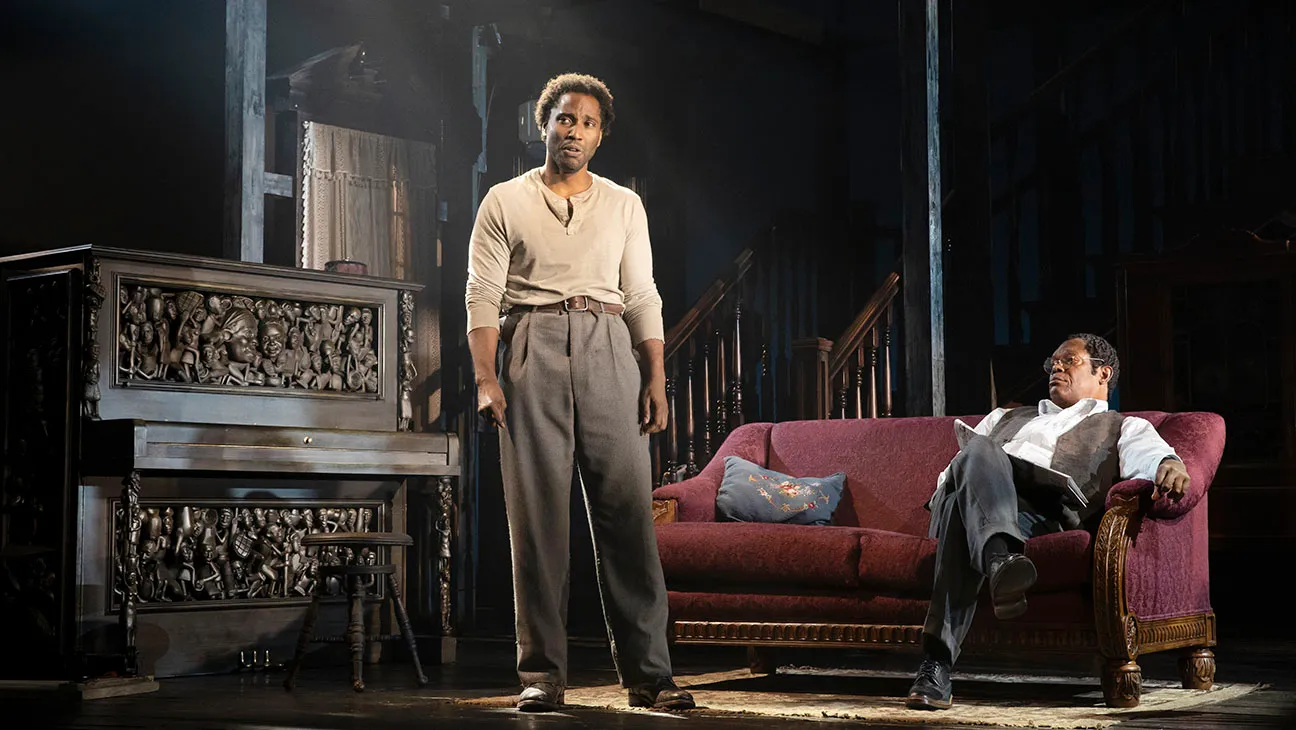Broadway has long been synonymous with stellar performances, glittering marquees, and a bustling theater district in the heart of New York City. The financial health of Broadway shows is often gauged by their grosses, a term that encompasses the total box office revenue generated by ticket sales. Understanding Broadway grosses involves exploring the historical context, factors influencing ticket sales, and the economic impacts of these figures. This article delves into the dynamics of Broadway grosses and the key elements that shape them.
Historical Context: The Evolution of Broadway Grosses
Broadway’s journey began in the mid-18th century with the opening of the first theaters in New York City. However, it wasn’t until the early 20th century that broadway grosses started to flourish, becoming the epicenter of American theater. The introduction of musical theater with shows like “Show Boat” (1927) and “Oklahoma!” (1943) revolutionized the industry, setting the stage for modern Broadway.
Grosses started to become a significant measure of success with the advent of long-running shows. The 1980s saw a boom with productions like “Cats” and “The Phantom of the Opera,” which drew in massive audiences and substantial box office revenues. The implementation of computerized ticketing systems and the establishment of organizations like the Broadway League helped standardize the reporting and analysis of grosses, making it easier to track and compare performance across shows and seasons.
Factors Influencing Broadway Grosses
Several factors influence the box office performance of Broadway shows. These include:
- Star Power: Shows featuring well-known celebrities or acclaimed actors often see a surge in ticket sales. The star power can draw in audiences who might not typically attend the theater, thus boosting grosses.
- Critical Acclaim and Awards: Positive reviews from critics and prestigious awards like the Tony Awards can significantly impact a show’s success. Winning a Tony can lead to increased ticket sales, as audiences flock to see the best of Broadway.
- Marketing and Promotion: Effective marketing campaigns, including social media outreach, advertising, and public relations efforts, play a crucial role in attracting audiences. Shows with larger marketing budgets often have an edge in generating buzz and driving ticket sales.
- Season and Timing: The time of year can affect grosses, with holiday seasons typically seeing higher sales due to increased tourism and holiday-related shows. Conversely, summer can be slower, as potential theatergoers might be away on vacation.
- Economic Conditions: The broader economic environment can impact discretionary spending on entertainment. During economic downturns, people may cut back on spending, including theater tickets, leading to lower grosses.
- Competition: The number of shows running concurrently and their relative popularity can influence individual show grosses. A crowded market with multiple hit shows can divide the audience, impacting the grosses of less popular productions.
Record-Breaking Shows: A Look at Top Grossers
Several Broadway shows have achieved remarkable success, setting records for their grosses. Notable examples include:
- “The Lion King”: Since its debut in 1997, “The Lion King” has become one of the highest-grossing Broadway shows of all time, thanks to its universal appeal, stunning visuals, and iconic music. As of 2023, it has grossed over $1.6 billion.
- “Hamilton”: Lin-Manuel Miranda’s revolutionary musical “Hamilton” took Broadway by storm in 2015. Its blend of hip-hop, history, and storytelling resonated with audiences, leading to unprecedented demand and box office success, with grosses exceeding $650 million.
- “Wicked”: Since its opening in 2003, “Wicked” has captivated audiences with its prequel story to “The Wizard of Oz.” Its compelling narrative and musical score have helped it gross over $1.3 billion.
- “The Phantom of the Opera”: Andrew Lloyd Webber’s masterpiece has been a mainstay on Broadway since 1988. Its hauntingly beautiful music and captivating story have made it the longest-running Broadway show, with grosses surpassing $1.2 billion.
The Impact of the COVID-19 Pandemic on Broadway Grosses
The COVID-19 pandemic had an unprecedented impact on Broadway, leading to an extended shutdown from March 2020 to September 2021. The closure resulted in significant financial losses, with estimates suggesting a $1.8 billion hit to the industry. Many shows were forced to close permanently, while others postponed their openings.
The pandemic also brought about changes in audience behavior and industry practices. Health and safety protocols, reduced capacity, and a shift towards digital performances and streaming affected the way shows generated revenue. The industry’s recovery has been gradual, with some shows bouncing back strongly while others struggle to regain their footing.
Strategies for Boosting Broadway Grosses Post-Pandemic
In the wake of the pandemic, Broadway producers and theater owners have employed several strategies to boost grosses and attract audiences back to the theaters:
- Enhanced Safety Measures: Ensuring the safety and comfort of audiences through rigorous health protocols, including vaccination requirements, mask mandates, and improved ventilation systems.
- Dynamic Pricing: Implementing dynamic pricing models to adjust ticket prices based on demand, allowing for higher prices during peak times and lower prices to fill seats during off-peak periods.
- Innovative Marketing: Leveraging digital marketing and social media platforms to reach broader audiences. Engaging content, virtual events, and interactive experiences help maintain interest and excitement around shows.
- Diverse Programming: Offering a diverse range of shows to appeal to different demographics. Incorporating new works, revivals, and non-traditional theater formats can attract a wider audience base.
- Flexible Ticketing Options: Providing flexible ticketing options, such as refundable or exchangeable tickets, to accommodate changing audience plans and encourage advance purchases.
- Community Engagement: Building stronger connections with local communities through outreach programs, educational initiatives, and partnerships can foster a loyal audience base and drive ticket sales.
The Future of Broadway Grosses
As Broadway continues to recover from the pandemic, the future of grosses looks promising yet uncertain. The industry’s resilience and adaptability will be key to navigating the challenges ahead. Emerging trends such as the integration of technology in theater experiences, the rise of immersive and interactive shows, and the growing importance of diversity and representation in storytelling will shape the future landscape of Broadway.
Broadway grosses remain a vital indicator of the industry’s health and success. By understanding the factors that influence grosses and adopting innovative strategies, Broadway can continue to thrive, bringing the magic of theater to audiences for generations to come.
Conclusion
Broadway grosses provide a window into the financial health and popularity of the theater industry. From historical evolutions to the impact of star power, marketing, and economic conditions, numerous factors influence these figures. The pandemic posed significant challenges, but the industry’s resilience and innovative approaches offer hope for a robust recovery. As broadway grosses navigates the post-pandemic landscape, the future of grosses will be shaped by adaptability, diversity, and a continued commitment to captivating storytelling.




